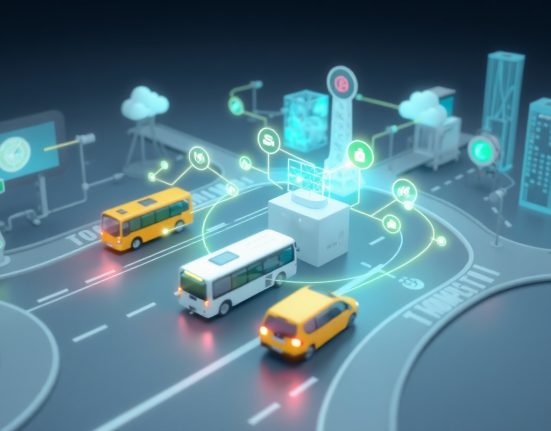The world of artificial intelligence is at a fascinating crossroads right now. On one side, we’re witnessing the rise of open source models that offer a tempting alternative to commercial services, and on the other, tech giants continue developing sophisticated cloud solutions that promise convenience and cutting-edge capabilities. The central question facing every developer, company, and organization is which path to choose, and what criteria should guide this crucial decision.
Open source models have experienced an incredible surge over the past two years. Projects like Llama, Mistral, and CodeLlama have managed to prove that impressive performance can be achieved without relying on expensive cloud services. The freedom these models offer is uncompromising – you can run them on private hardware, update and modify the code according to specific needs, and even retrain them on private data. For tech companies that want complete control over their technology, this can be the fundamental difference between dependence on an external vendor and technological independence.
The advantages of open source models go far beyond technological freedom. Operating costs can be significantly lower, especially for projects with high volumes of requests. Instead of paying for every API call, you can invest in hardware and run the model independently. Additionally, privacy and security take on new meaning when data never leaves the organization’s internal network. For sensitive domains like healthcare, finance, or security, this can be a decisive consideration.
On the flip side, commercial cloud services like GPT-4, Claude, or Google Bard offer a polished, hassle-free user experience. There’s no need to deal with complex installations, server management, or performance optimization. You simply sign up for a service and start working. The performance of these models often still leads in certain areas, particularly in complex tasks that require deep contextual understanding or advanced reasoning capabilities. These companies invest billions of dollars in developing and improving their models, and the results are evident.
Commercial services also offer significant operational advantages. They include professional technical support, uptime guarantees, and additional tools like management systems, auditing, and usage tracking. For small development teams or companies that lack the resources to operate their own infrastructure, this can be the difference between project success and failure.
Cost is a complex issue that depends on many factors. For small projects or those in experimental phases, commercial services can be more economical since there’s no initial investment in hardware and infrastructure. But as projects grow and request volumes increase, the operational cost of commercial services can climb dramatically. Companies processing millions of requests per month might discover that investing in an internal solution would save them considerable amounts in the long run.
The technological consideration is also significant. Open source models allow complete customization – you can train them on domain-specific data, change how they respond, and even integrate them with other systems in creative ways. On the other hand, commercial services offer advanced capabilities that are difficult to replicate in internal solutions, such as multi-modal abilities, regular updates, and seamless integration with additional tools.
When it comes to security and privacy, there are complex considerations on both sides. Open source models allow complete control over data and processing methods, but they also require the organization to take full responsibility for security. Commercial services offer high security levels and public audits, but they also require sharing data with an external vendor.
The community and available resources are another factor to consider. Open source models benefit from active communities that regularly contribute code, tutorials, and innovations. This can accelerate development and provide solutions to technical problems. Commercial services offer professional and structured support, but they’re less flexible when it comes to changes or special customizations.
Ultimately, the choice between open source models and commercial services depends on a combination of factors unique to each organization. Advanced tech companies with skilled development teams and high usage volumes might find open source models to be the perfect solution. In contrast, startups, small companies, or organizations that want to focus on their core business rather than technological infrastructure might prefer the convenience and reliability of commercial services.
The future will likely bring even more blurring of boundaries between these two worlds. We’re already seeing interesting hybrids – companies using commercial services for rapid development and prototyping, then switching to open source models for production. There’s also a trend of cloud services offering access to open source models through convenient APIs, combining the advantages of both worlds.
This technological revolution is happening in real time, and it’s exciting to see how these technologies are evolving and reshaping the technological landscape. The choice isn’t always black and white, and the best solution often involves understanding your specific needs, resources, and long-term goals.














